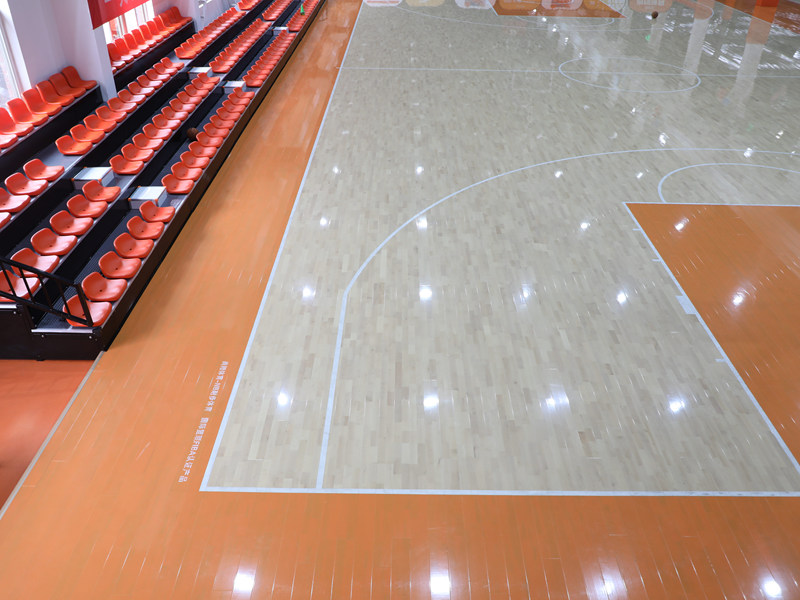
2025-05-23 10:41 Clicks:78
Dust Mopping: Use a microfiber dust mop daily to remove dirt and debris. This prevents abrasive particles from scratching the finish and maintains optimal traction.
Immediate Spill Cleanup: Wipe up any spills promptly to prevent moisture damage and staining.
Avoid Harsh Chemicals: Do not use ammonia-based or abrasive cleaners, as they can degrade the finish and affect floor performance.

Mechanical Cleaning: Once a week or after every 35 hours of use, perform a mechanical clean using equipment approved for wood floors. Ensure the machine moves along the length of the floorboards.
Water Usage: Limit water consumption during cleaning to no more than 40 liters per 1,000 m² (approximately 40 ml/m²) to prevent wood swelling.
Deep Cleaning: Every 3–6 months, conduct a thorough deep clean to remove embedded dirt and restore the floor's appearance.
Scrub & Reseal: Every 2–3 years, consider scrubbing and resealing the floor to maintain its protective layer and ensure consistent performance.
Humidity Levels: Maintain indoor humidity between 35% and 55% to prevent wood expansion or contraction, which can lead to gaps or warping.
Temperature Stability: Keep the facility's temperature consistent to avoid stress on the wood flooring.
Excessive Water: Over-wetting the floor during cleaning can lead to moisture damage.
Incorrect Equipment: Using unapproved cleaning machines or abrasive tools can scratch or damage the floor's surface.
Neglecting Maintenance: Skipping regular maintenance routines can shorten the floor's lifespan and compromise safety.
Daily: Dust mop and address spills immediately.
Weekly: Perform mechanical cleaning with appropriate equipment.
Monthly: Inspect for wear and schedule deep cleaning as needed.
Annually: Evaluate the need for scrubbing and resealing to maintain finish integrity.
By adhering to these maintenance practices, sports facilities can ensure their hardwood floors remain safe, functional, and visually appealing for years to come.